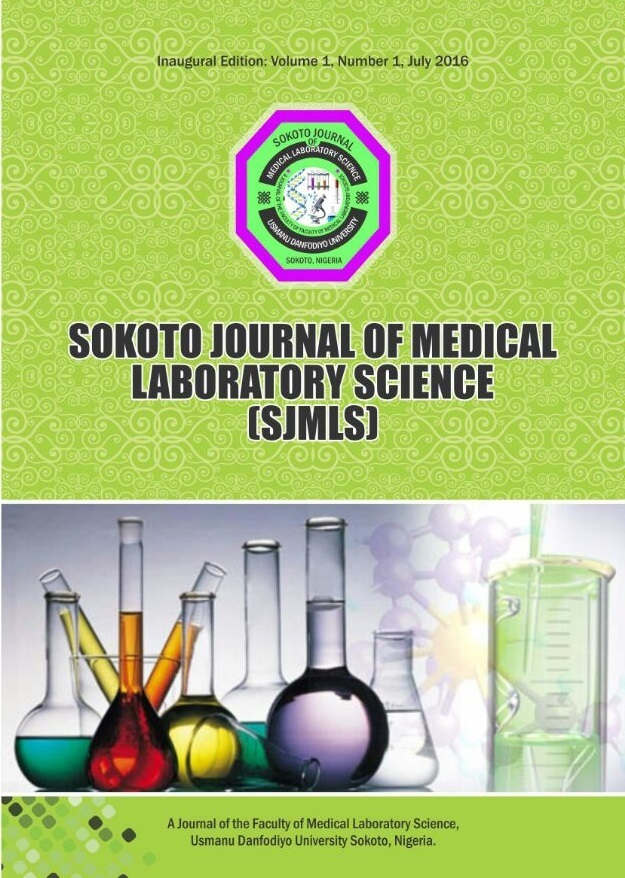Diversity of Helminth parasites in Sclerophrys maculata of Degema and Ogoni, Rivers State, Nigeria
Keywords:
Endo-parasites, amphibians, Degema, illegal refinery of crude, black soot, Rivers State, Niger Delta, Nigeria.Abstract
Environmental alterations affect the diversity of amphibian helminth parasites. This study was conducted to investigate differences in the helminth community structure of amphibians, Sclerophrys maculata, collected from locations in Rivers State, Nigeria. A total of 124
specimens of S. maculata were collected from Bakana and Old Bakana communities in Degema Local Government Area of Rivers State, Nigeria. Their snout-vent length ranged from 20-57mm for specimens from Bakana and 20-68mm for those from Old Bakana. Thirteen specimens were examined from Teka-Sogho, Ogoni, Rivers State, Nigeria, and they were of snout-vent length of 40-94mm. Environmental pollution resulting from illegal refinery of crude oil is presumed to have contributed to the shorter body length in amphibians of Bakana and Old Bakana. Six helminth parasites were recovered from the hosts from Bakana and Old Bakana and were comprised of four nematodes (Amplicaecum africanum, Cosmocerca ornata, Rhabdias africanus and ascaridida larvae), one pentastomid (Raillietiella sp.) and one trematode (Mesocoelium monodi). Amplicaecum africanum, C. ornata and M. monodi were common to both Bakana and Old Bakana locations; R. africanus was restricted to Bakana while Raillietiella sp. and ascaridida larvae were restricted to Old Bakana. On the other hand, only nematodes (R. africanus, C. ornata and ascaridida larvae) were recovered from hosts from Ogoni. Nematodes had higher prevalence rates than either pentastomids or trematodes. Over-dispersion of parasites was observed in hosts of Teka- Sogho, Ogoni, infected with R. africanus and ascaridida larvae. This is considered an adaptation to ensure successful completion of parasite life cycles. Parasite prevalence did not differ significantly between locations and gender. Compared with studies from other locations in the State, the diversity of parasites in the communities investigated was low. Differences in parasite diversity could be due to differences in habitat quality and other factors influencing exposure of hosts to parasites.




